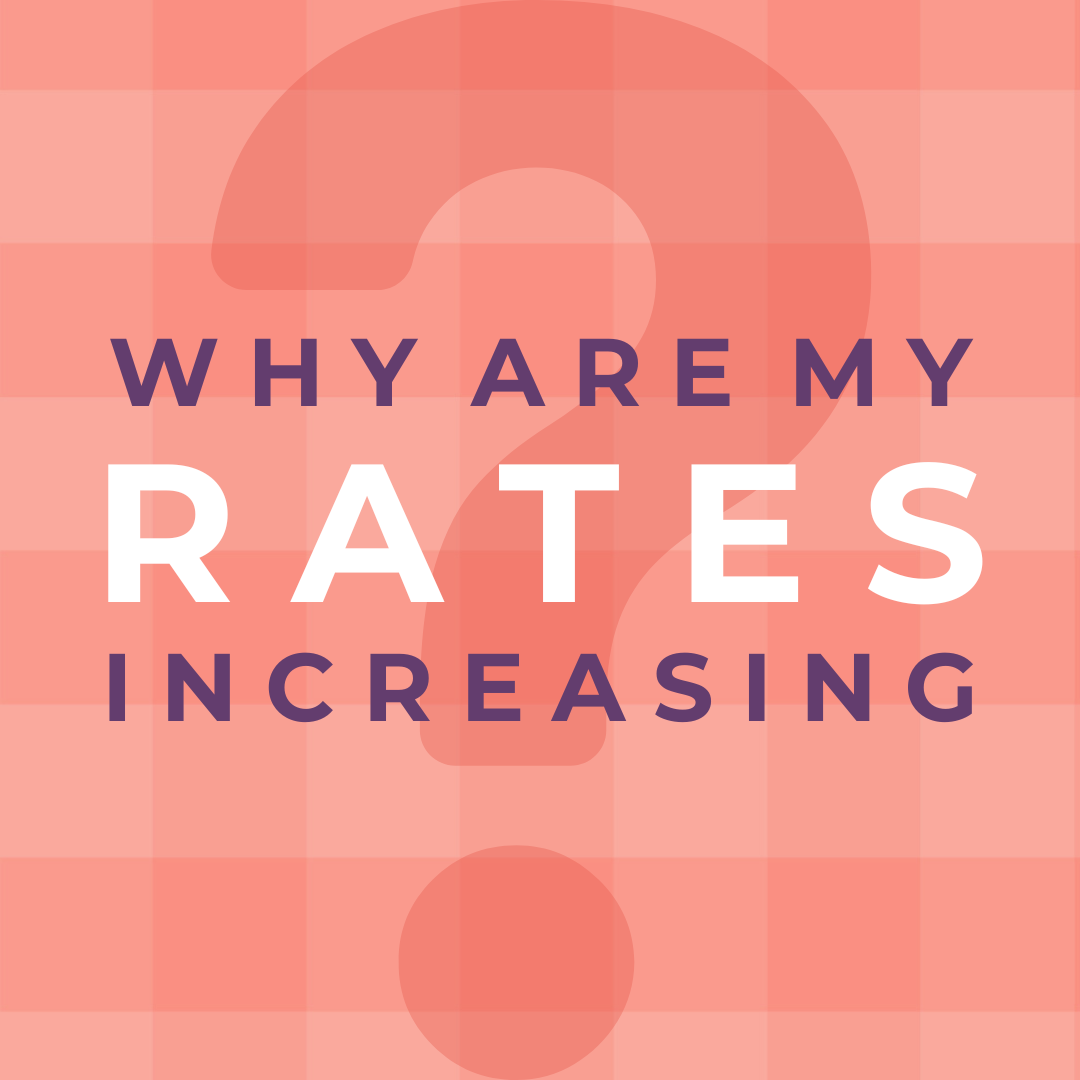Each year, SIA's policies get renewed by the carrier. And each year, we hold our breath, hoping there isn't an increase in premiums. (Please note, SIA is not the carrier but instead the retail shop servicing your policies. Check out this blog for more info.) However, increases keep happening. This brings up the age-old question of "Why are my rates increasing when I personally haven't filed a claim?" Let's talk about it!
One major impact on premiums increasing comes from outside our market. Extreme weather and natural disasters across the country have created a spike in homeowners, renters, auto, and other insurance claims. Due to the increase in those areas, carriers will look to regroup their losses from other markets (such as commercial general liability, like the policies we sell). Additionally, the increasing litigious nature of the U.S. makes people sue for any reason. They might not win in court, but defense costs can be quite substantial.
Example: During your fire performance at a Renaissance Faire, two kids in the audience, who are chaperoned by their parents, start heckling you. You politely ask them to keep the noise down and stay seated because you're performing with fire, and it's, well...dangerous. The parents then decide to sue you for emotionally traumatizing their children. While the court is on your side saying you've done nothing wrong, the legal fees keep mounting. After months of litigation, they're already up to $40,000.
Another reason is that while you personally may not have filed a claim, your risk class may have seen an overall increase in claims. A risk class is a group of individuals/companies with similar characteristics, which are used to determine the risk associated with underwriting a new policy and the premium that should be charged for coverage. So, if your risk class has an increase in claims, that means the class you're insured under got more expensive for everyone in that class. This is because the overall loss ratio has increased, even though you specifically didn't "add" to it.
A loss ratio is a way to measure how much an insurance company pays out in claims compared to how much it earns in premium (loss ratio = (claims paid / premiums collected) x 100). This helps insurers measure profitability. A high loss ratio means the company is paying out more in claims and expenses that it's earning in premiums. Whereas a low loss ratio means there are less claims to pay out compared to the premiums they're collecting. Please note, just because a program has a high loss ratio, does not mean the carrier isn't capable of paying out claims. A high loss ratio can result in:
- Premium increases
- Coverage availability
- Reducing coverage limits
- Exclusions/guidelines
As underwriters see an increase in claims from others in your class, they will raise rates for everyone insured under that class...or perhaps refuse to cover that class at all any longer. For example, there have been multiple million-dollar+ claims for touring big-top circuses in Canada as of late. As a result, finding a carrier to write coverage for a traveling circus in Canada has become very, very difficult, even for a circus that has never had a claim. Additionally, the claims from those other circuses have increase the rates for all circuses in the U.S., and coverage has been limited.
Over the last few years, SIA clients have witnessed first-hand the consequences of a high loss ratio, especially our vendors. Check out our 2025-2026 renewal newsletter for more information about the changes for individual performers and mobile vendors. As an insured, you can try to help lower the loss ratio by using safety protocols for risk prevention, being honest on your applications about your operations, avoiding small claims, and following policy guidelines. If you have any questions about anything we've covered in this blog, please give us a call at 715-246-8908 or send an email to info@specialtyinsuranceagency.com!
